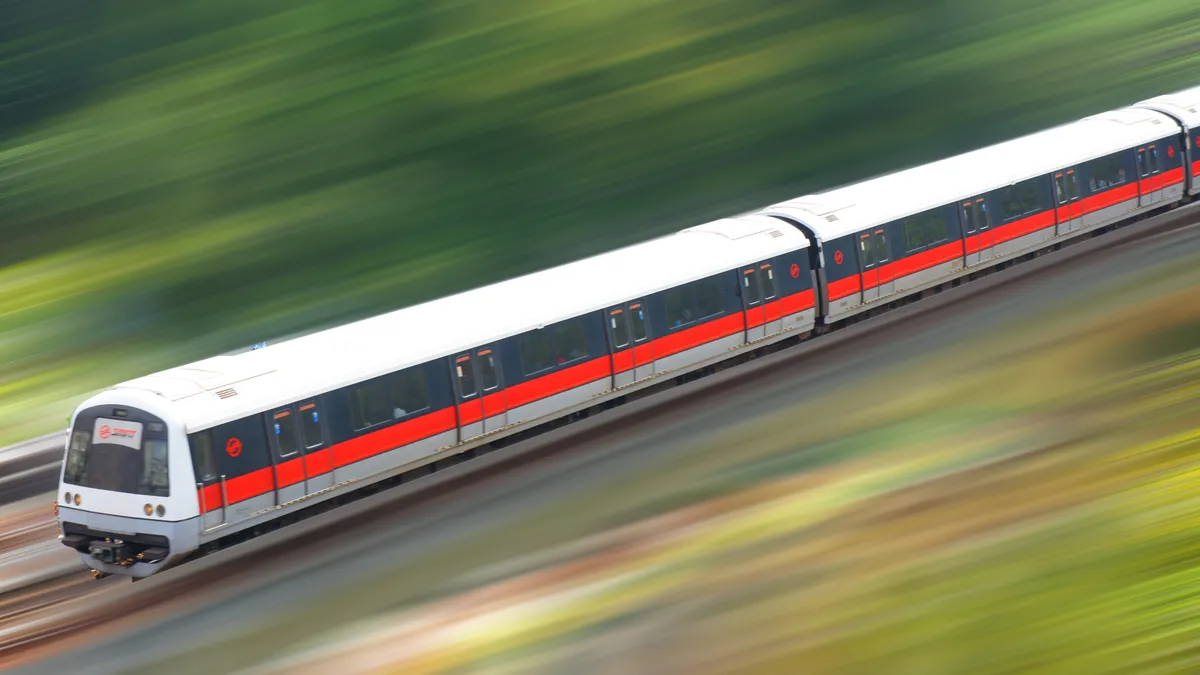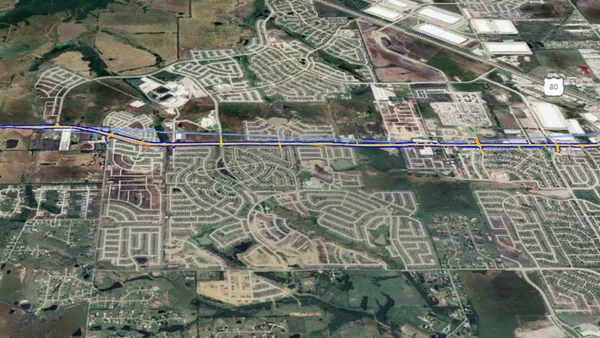Dive Brief:
- A private company's plans for a foreign-investment-backed $4.2 billion high-speed rail line between Minneapolis and Rochester, MN, has sparked major local controversy, according to the Star Tribune.
- The North American High Speed Rail Group (NAHSR) said that, at 220 mph, the system would cut travel time between the two cities in half. The group has reportedly been in investment talks with Chinese Railway and other foreign entities.
- Critics of the project said the rail would ruin the rural farmland on its route and decrease property values, all for a system for which there is little demand. Some officials, like state Republican Rep. Steve Drazkowski, have questioned the wisdom of allowing significant foreign investment in such a major project.
Dive Insight:
The renowned Mayo Clinic is headquartered in Rochester, and some onlookers surmised that Mayo might be on board with the project, which could benefit its own 20-year, $6 billion "Destination Medical Center" expansion plans. The clinic announced in September that it would kick off construction of the project's first phase, Discovery Square, with Mortenson managing the project.
The NAHSR took on development of the high-speed rail after the project, previously known as the Zip Rail, was abandoned by the Minnesota Department of Transportation because of insufficient funding. Prior to scuttling the project, MnDOT had studied its feasibility for 25 years.
High-speed rail, an integral part of the global transportation framework, has struggled to catch on in the U.S., the exception being the bullet train project now underway in California. And even though California's is the most high-profile high-speed project in the country, it has needed to overcome cost overruns, delays and public relations challenges since the planning stages.
Auto industry lobbying, wariness on the part of potential riders and the prospect of a daunting right of way purchase process are just some of the factors that have prevented proliferation of high-speed rail in the U.S. Because it is a thriving industry in other countries, companies with high-speed rail experience are now trying to expand their operations into the U.S.













